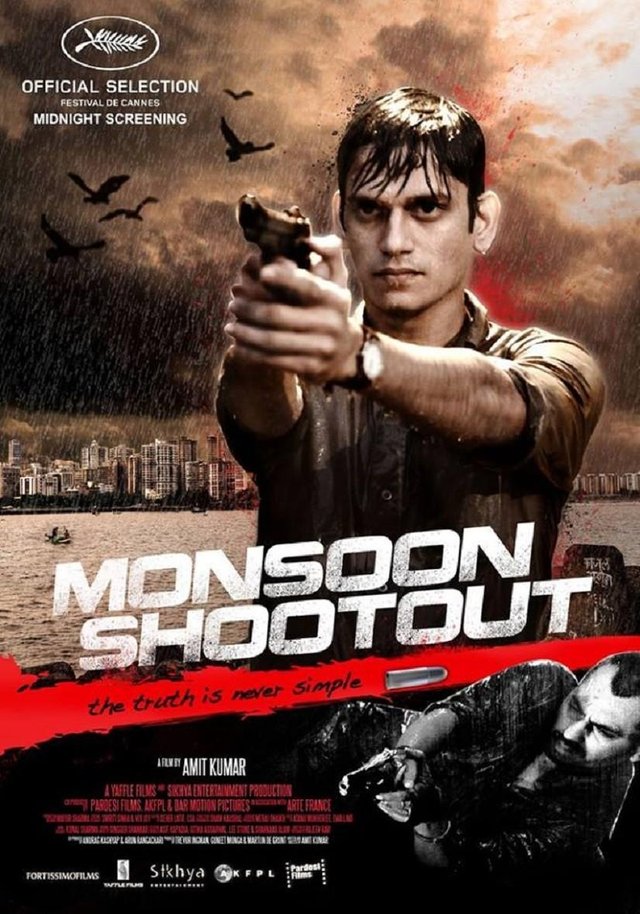Monsoon Shootout is Bollywood's latest noir film; will it do justice to this overlooked genre?
still encapsulates the framework of a basic crime drama in the backdrop of a certain milieu where the protagonists are mainly cops, criminals and detectives. These are films which are defined more by their mood, style and tone.

The release of this Nawazuddin Siddiqui-starrer also raises a pertinent question: Why have filmmakers adopted an unconcerned, step-motherly treatment towards this genre?
Noir was a much-loved during the 50s and 60s in Hollywood and thus Bollywood, true to its promise of relying on imitation over originality, made scores of such films in the same era. As a result of the 50s' noir movement in the West, films like Baazi, Bees Saal Baad, Kohraa, Madhumati and others were made in India. In a nutshell, there were filmmakers and writers who sought inspiration from overseas and served up something similar to Indian audiences. One must not forget that the 50s and 60s were also eras which witnessed much innovation in terms of film making. These were progressive times when Guru Dutt delivered both Baazi and Kaagaz Ke Phool with equal aplomb, and Bimal Roy offered Madhumati and Devdas within a span of three years.
Th poster for Guru Dutt's Kaagaz Ke Phool. Image from Facebook/@KaagazKePhoolTh poster for Guru Dutt's Kaagaz Ke Phool. Image from Facebook/@KaagazKePhool
With changes in story telling patterns, the subsequent years also saw a massive reduction in the appetite for noir films on the part of the Indian audience. A form of story telling which demanded nuance and skill when it came to the play on light and shadows now hardly had any takers. Thus while the 60s had Guru Dutt, Raj Khosla and Bimal Roy, in the contemporary era one simply can’t think of directors beyond Sriram Raghavan who have mastered the art of making noir films. His Johnny Gaddar and Badlapur could be best described as films which adhere to the rules of this genre. Even a seasoned filmmaker like Vishal Bhardwaj faltered in his craft when it came to Saat Khoon Maaf. Anurag Kashyap’s Bombay Velvet has now become a lesson in how such films should not be made. Navdeep Singh’s Manorama Six Feet Under was praised as being a faithful adaptation of Chinatown, which is in itself a fine example of noir. The bottom-line is there aren’t too many filmmakers who are equipped to narrating their crime story using a visually appealing treatment of imagery.
One of the prerequisites of a noir film is that it demands that the protagonist is not a straightforward character but rather has shades of both good and evil. The plots involving such protagonists explore the circumstances which force him or her to take a stand and the ways through which redemption is achieved by them, which could be well-intentioned or not. And this is precisely where Hindi cinema falters. Indian cinegoers' fascination with anything that has a touch of heroism is known the world over. They cheer at their favourite stars and fervently pray that the villain will meet a tragic end. The audience years for stories where characters are either black or white, and there is no ambiguity or shades of grey. Everyone remembers Gabbar or Vijay or Prem, but Varun Dhawan's Raghav in Badlapur is less memorable.